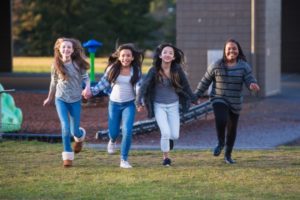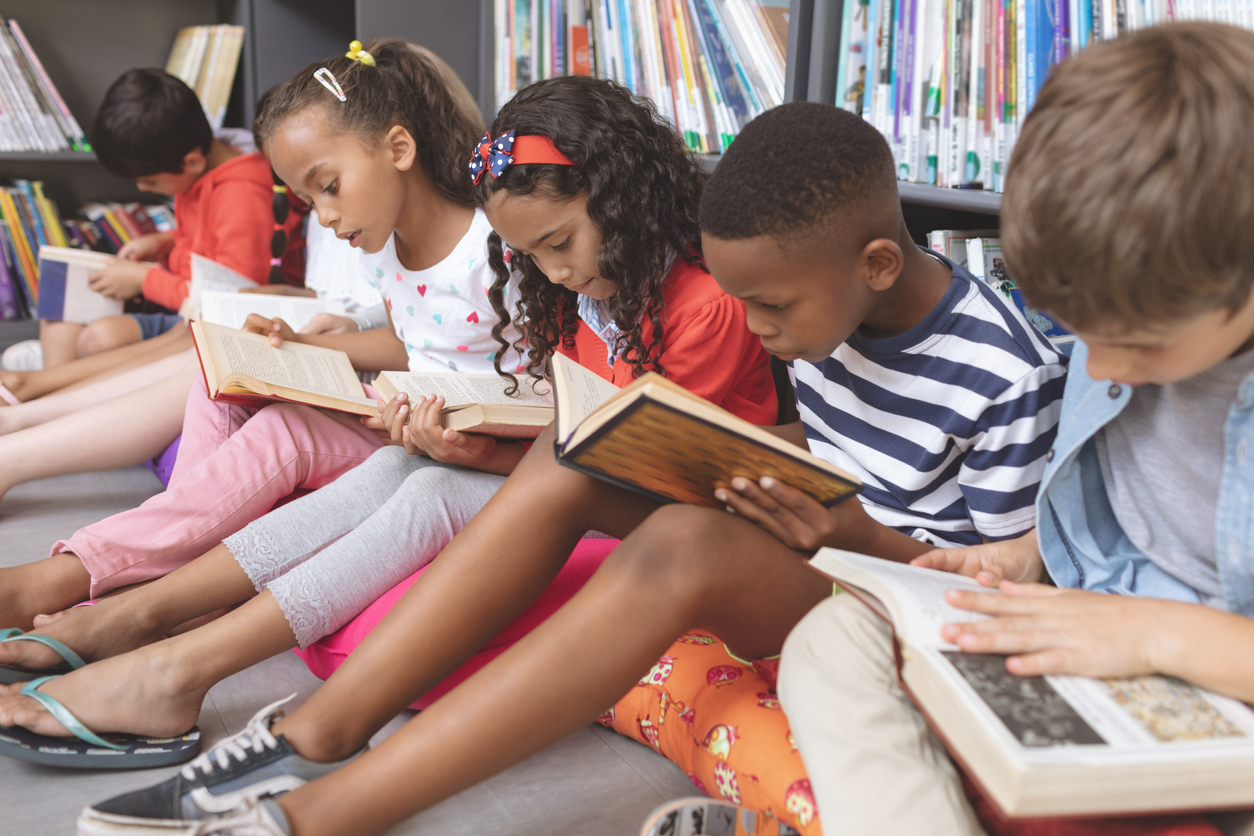Dr. Doretha Allen, NBCT, shares her love of Literacy and ways in which she extends that love to her students.


I grew up as the 4th of 5 children in a home where my parents were avid readers of the daily newspaper. Reading was part of the culture in my home. Everyone read. Sunday mornings went something like this. My brothers fished out the sports section. My mother read the obituaries and the editorials. My father fussed at my brothers about the sports section and shared the editorials with my mother. I was happy to co-read the comics with my youngest brother and as I got older and more sophisticated, the food, arts and entertainment sections were all mine. I also read books. Picture books and then novels. I spent summers making pilgrimages to my public library 2-3 times a week. This is the way it was for me. And like most children, I thought this was the way it was for all other children.
When I started teaching, in the neighborhood where I grew up, I learned that was not the case. I also was shocked to discover that children didn’t live in homes filled with books. My naivety shocked my system. I single-handedly made it a mission of my teaching to fill my students’ school days with books. They would read independently, in pairs, and I would read aloud to them, every single day. I understood the power of reading to fill the vocabulary gap. I understood the power of reading as windows so students can see different perspectives. I understood the power of reading as mirrors so students can see themselves in text.
Over the years, I taught reading language arts from second grade to middle school. They taught me that they all enjoyed being read to and talking about the characters and the story line, what they had in common with those characters and what was so different. They shared what they would do if they were in the characters’ shoes. There were moments of cheers and disdain, of sadness and laughter. I welcomed it all.
The Giving Tree by Shel Silverstein showed my students how people allow themselves to be used by others. My then second graders shouted how the boy was not a friend because friends share, not just take. The novels A Taste of Blackberries and The Bridge to Terabithia provided a safe way to discuss death. As always, the children would teach me through their resiliency of personal traumas of extended family and all the rituals that their cultures hold dear. The Hundred Penny Box, with the close-knit relationship between the young boy and his father’s great aunt, and all the complexities of the relationship with his mother spun a tale of family drama that my students were able to pick up on instantly. A surprising novel, How to Steal a Dog, gave a close up look into a family in transition after divorce. The children in the story struggled with how their once close friends treated them differently as their lives became less and less comfortable. As children do, my students were focused on themselves when they were suddenly jolted to think about others.
These texts all offered something different but something the same. A shared experience as an entry point into conversation. The listener/reader will all enter in a different place. This was true for me twenty years ago, ten years ago and still today; people are more alike than different and reading books demonstrates that in varied ways.
In the era of high-stakes teaching and accountability, my administrators were supporters of my using books to teach. The texts were robust and as I taught, I layered a combination of standards in each lesson. In my situation, my students’ performances surpassed expectations as I taught to a higher level than the state standards. My autonomy was not easily earned but I did it teaching novels.
As my career has taken me from the classroom to literacy coaching and beyond, I still push the power of books and reading aloud, even with secondary students. When I have an opportunity to work with teachers, I share this with them by sharing a few teasers from a few of my favorite books. What this reading teacher ultimately learned is how culture, humanity and empathy is truly shared through literacy. I do hope you join me in these discoveries.